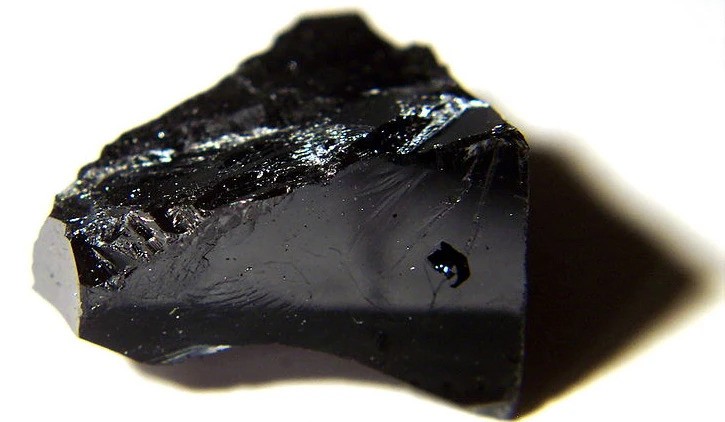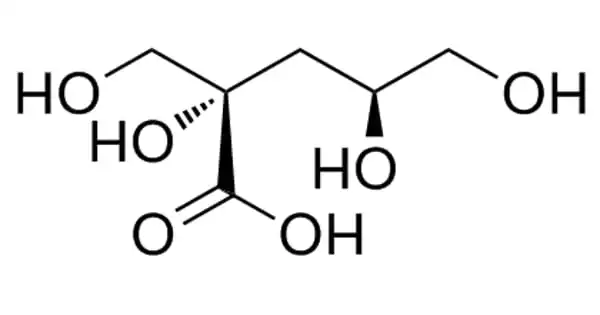Cadmium tellurite is the tellurite salt of cadmium, with the chemical formula CdTeO3. It is a crystalline material with several significant properties and applications, particularly in the field of electronics, photovoltaics, and radiation detection. CdTe is typically a crystalline solid that can be either transparent or opaque, depending on its specific form. It crystallizes in a cubic or zinc blende structure, which is a typical arrangement for many semiconductors.
Preparation
Cadmium tellurite can be prepared by the reaction of cadmium sulfate and sodium tellurite in ammonia.
Properties
Cadmium tellurite is a colourless solid that is insoluble in water. It is a semiconductor. It is part of the monoclinic crystal system, with space group P21/c (No. 14). It can also crystallize in the cubic crystal system and hexagonal crystal system at temperatures above 540 °C.
- Chemical formula: CdO3Te
- Molar mass: 288.01 g·mol−1
- Appearance: colourless solid
- Melting point: 695 °C
- Boiling point: 1050 °C (decomposes)
- Solubility in water: insoluble
Optical Properties: It exhibits good optical absorption in the infrared (IR) region, making it useful in infrared detectors and thermal imaging.
Electrical Conductivity: CdTe is a semiconductor, and its conductivity can be modified by doping with other elements such as chlorine (Cl) or copper (Cu). It is often used as a thin-film semiconductor in solar cells because of its ability to efficiently convert sunlight into electricity. It has a high carrier mobility and can be modified to optimize the charge transport in photovoltaic devices.
Stability: It is stable under normal conditions but can be chemically reactive under extreme conditions (e.g., high temperatures).
Natural Occurrence
CdTe does not occur naturally in large quantities as a pure compound, but the elements cadmium and tellurium are found in nature, typically in ores. Cadmium is primarily obtained from zinc ores like sphalerite, while tellurium is a rare element that occurs in ores associated with gold, copper, and lead. In nature, cadmium and tellurium may combine to form minerals such as tellurides or in some cases, CdTe may occur as a minor component in various natural telluride deposits.
Synthesis and Commercial Production
Synthesis of CdTe is typically achieved through methods such as vapor deposition, sputtering, or chemical vapor transport. These methods are used to create thin films or bulk crystals for applications in photovoltaics and other technologies.
Cadmium telluride solar cells are a significant commercial product, where the material is used in thin-film solar panels due to its efficient conversion of light to electrical energy, particularly for large-scale solar energy generation.
Applications in Technology:
- Photovoltaic Cells: CdTe is one of the most commercially important materials for solar energy production. It is used in thin-film solar cells, which are cheaper to produce than traditional silicon-based solar panels.
- Semiconductors: As a semiconductor, CdTe is also used in infrared detectors, X-ray detectors, and gamma-ray spectroscopy.
- Thermoelectric Devices: Due to its electrical properties, it is explored for use in thermoelectric applications, where temperature differences generate electricity.
Environmental and Health Considerations
- Toxicity: Cadmium is a toxic heavy metal, and exposure to cadmium or cadmium compounds, including CdTe, can have severe health impacts, particularly on the kidneys and bones. Because of this, the handling, disposal, and recycling of CdTe-based devices must be done carefully to avoid contamination and harm.
- Recycling: Efforts are being made to develop efficient methods for recycling CdTe, especially from used solar panels, to reduce environmental risks.
In summary, cadmium telluride (CdTe) is a valuable material, especially for solar energy applications due to its semiconductor properties and high absorption of light. However, it must be handled and disposed of carefully due to the toxic nature of cadmium. Its commercial use in solar cells and other semiconductor technologies makes it an important material in the renewable energy and electronics industries.
















